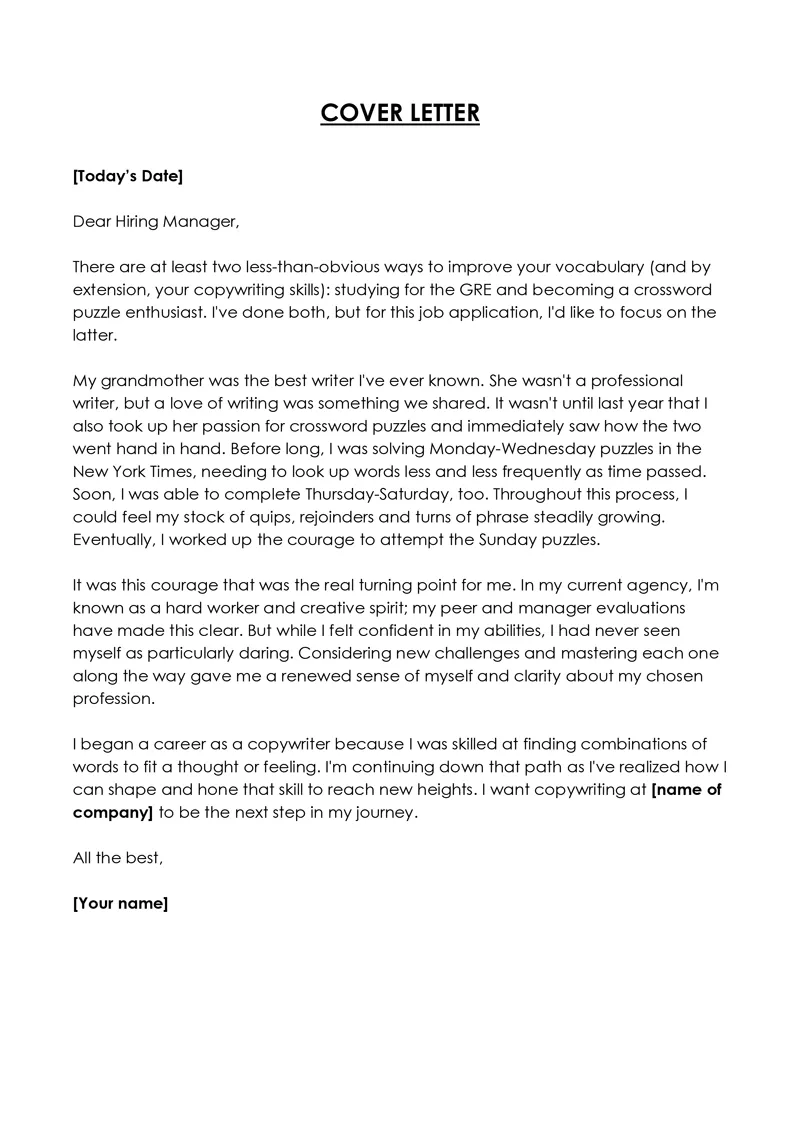What is a Cover Letter?
A cover letter is a crucial document that accompanies your resume when applying for a job. It serves as an introduction, allowing you to showcase your skills, experience, and personality in a way that a resume alone cannot. Think of it as your first impression – it’s your opportunity to grab the hiring manager’s attention and make them eager to learn more about you. A well-crafted cover letter highlights your qualifications and demonstrates your genuine interest in the specific role and company. It should complement your resume, providing context and depth to your application.
The Purpose of a Cover Letter
The primary purpose of a cover letter is to persuade the hiring manager to read your resume and consider you for an interview. It allows you to explain why you are the ideal candidate for the position, connecting your skills and experiences to the job requirements. It also demonstrates your communication skills, attention to detail, and understanding of the company and the role. By crafting a compelling narrative, a cover letter helps you stand out from other applicants and increases your chances of getting noticed. A cover letter also provides an opportunity to address any gaps in your resume or explain your career aspirations.
Key Components of a Cover Letter

A well-structured cover letter typically includes several key components, each serving a specific purpose. These components work together to create a cohesive and persuasive argument for your candidacy. Understanding these elements and their importance is key to crafting a cover letter that effectively highlights your strengths and captures the hiring manager’s attention. Each section should be concise and focused, providing relevant information that aligns with the job requirements and the company’s values.
Heading
The heading of your cover letter should include your contact information, such as your name, address, phone number, and email address. This information should be easily accessible at the top of the document. Including your LinkedIn profile URL can also be beneficial, as it provides the hiring manager with an easy way to learn more about your professional background and network. Ensure that all contact details are current and accurate. Formatting should be clean and professional, making it easy for the hiring manager to reach you.
Your Contact Information
This section typically includes your full name, address, phone number, and email address. Make sure this information is up-to-date and easy to read. Use a professional-sounding email address. Double-check all details for accuracy to avoid any communication issues. Your contact information should be prominent and easily accessible to the hiring manager. This ensures that they can quickly reach you if they want to schedule an interview or offer you the job.
Date
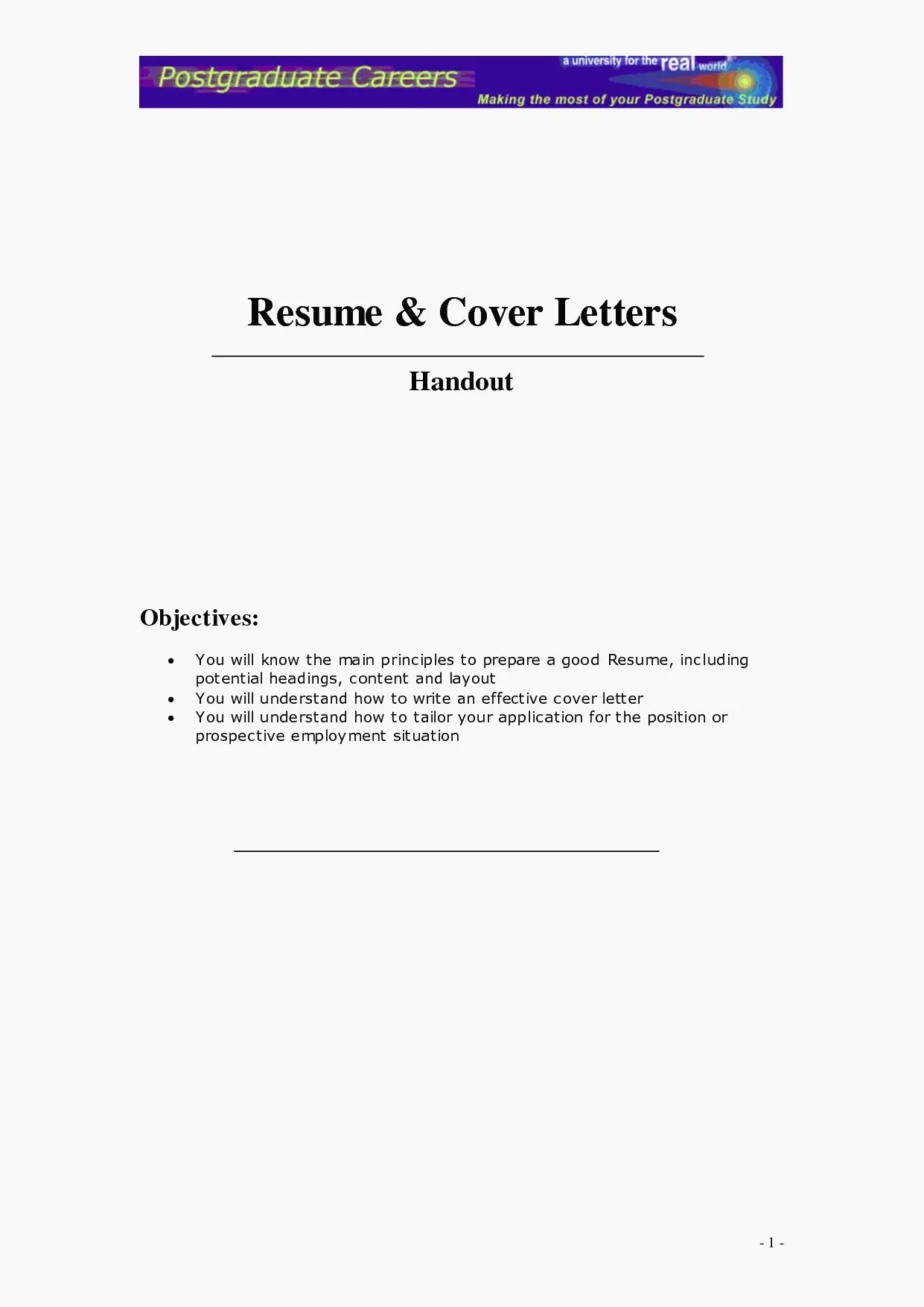
Include the date you are sending the cover letter. This is usually placed below your contact information or below the hiring manager’s contact information. Use a formal date format, such as Month Day, Year (e.g., January 15, 2024). The date helps the hiring manager know when the letter was written and submitted. Ensure the date is consistent with the date on your resume.
Hiring Manager’s Information
If possible, address your cover letter to a specific person. Research the hiring manager’s name and title. This demonstrates that you have taken the time to personalize your application. If you are unable to find a specific name, you can use a general greeting. Include the hiring manager’s title and company information. This section personalizes your cover letter and shows your attention to detail.
Salutation
Start your cover letter with a professional salutation. ‘Dear Mr./Ms./Mx. [Last Name]’ is the standard. If you don’t know the hiring manager’s name, use a general greeting like ‘Dear Hiring Manager’ or ‘Dear [Company Name] Team’. Avoid overly casual greetings. This sets the tone for the rest of your cover letter. A well-chosen salutation shows respect and professionalism.
Body Paragraph 1 Introduce Yourself

In the first paragraph, state the position you are applying for and where you found the job posting. Briefly introduce yourself and highlight your most relevant qualifications or skills. This is your opportunity to capture the reader’s attention and make them want to learn more about you. Make sure to clearly state your intention and create a strong first impression. This sets the stage for the rest of your letter and helps the hiring manager understand why you are a suitable candidate.
Body Paragraph 2 Highlight Your Skills
Use the second paragraph to elaborate on your skills and experience. Focus on the qualifications that align with the job requirements. Provide specific examples of your accomplishments and how you have demonstrated those skills in previous roles. Quantify your achievements whenever possible. This is the core of your cover letter, where you demonstrate why you are the best fit for the role. Use action verbs and provide concrete examples to showcase your abilities.
Body Paragraph 3 Show Enthusiasm
Express your enthusiasm for the position and the company. Explain why you are interested in this particular role and what attracts you to the organization. Show that you have done your research and understand the company’s mission, values, or recent projects. Demonstrating genuine interest can significantly increase your chances of getting an interview. This paragraph should convey your passion and excitement for the opportunity.
Body Paragraph 4 Call to Action
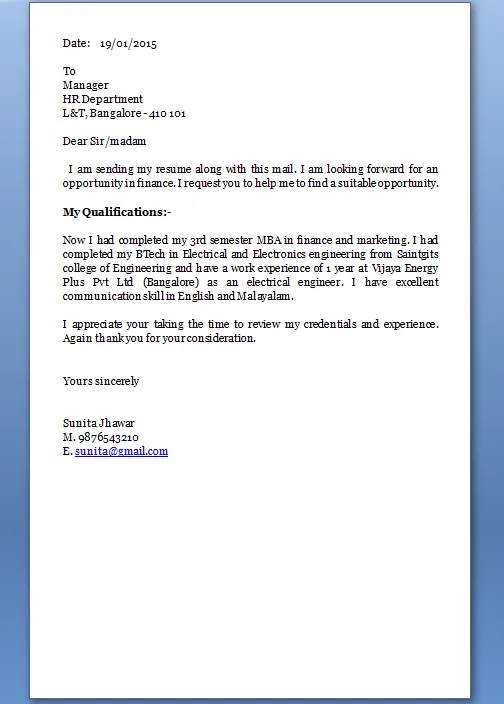
Conclude your cover letter with a call to action. Express your interest in an interview and mention that you look forward to discussing your qualifications further. Thank the hiring manager for their time and consideration. Provide your contact information again or reiterate how they can reach you. A strong call to action reinforces your interest and makes it easy for the hiring manager to take the next step.
Closing
Choose a professional closing. Common options include ‘Sincerely,’ ‘Best regards,’ or ‘Thank you.’ Your closing should be consistent with the tone of your cover letter. Ensure it is polite and appropriate for the hiring manager. This is the final impression you leave, so make sure it is a positive one. A professional closing sets a positive tone for your application.
Complimentary Close
Select a professional complimentary close that aligns with your salutation and the overall tone of your cover letter. The most commonly used closes are ‘Sincerely’, ‘Best regards’, or ‘Thank you’. Ensure that your complimentary close is appropriate for the industry and the role you are applying for. This provides a polite and respectful way to end your letter, leaving a positive impression.
Signature
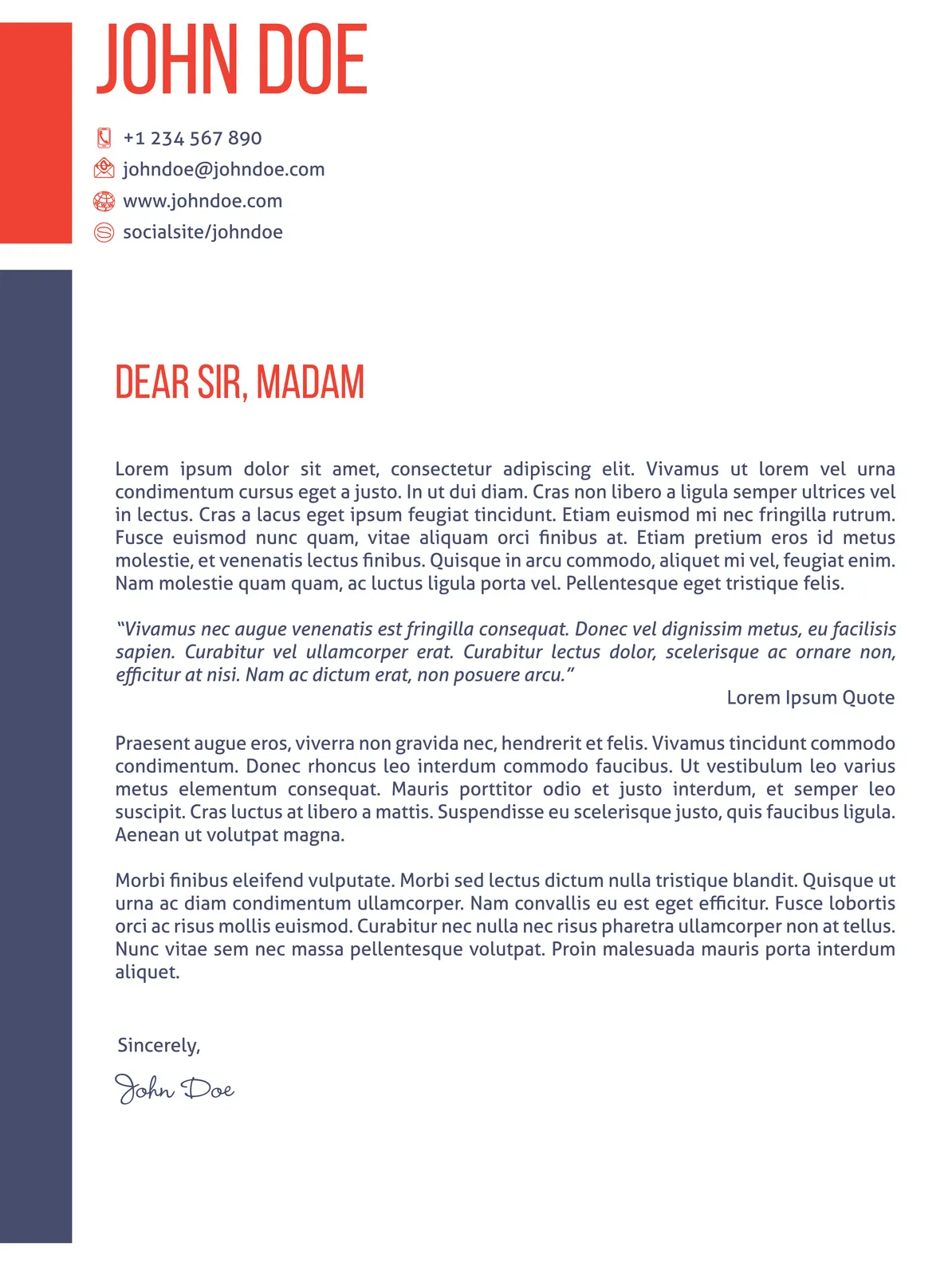
If you are sending a printed cover letter, leave space for your handwritten signature above your typed name. In an electronic cover letter, you can simply type your name. Always include your full name and make sure it matches the name on your resume. Your signature personalizes your letter. It is a sign of professionalism and provides a finishing touch to your cover letter.
Formatting Your Cover Letter
Proper formatting is essential to make your cover letter easy to read and visually appealing. A well-formatted cover letter demonstrates professionalism and attention to detail. Poor formatting can distract the reader and detract from your message. Using a clean and consistent format shows that you value clarity and organization. The right formatting will make your cover letter look polished and professional.
Font and Size
Choose a professional and readable font, such as Times New Roman, Arial, or Calibri. Use a font size between 10 and 12 points. Avoid using overly decorative or difficult-to-read fonts. Make sure the font is consistent throughout the entire document. Readable fonts ensure that the hiring manager can easily read your cover letter. Consistent fonts enhance readability and present a polished look. Avoid fonts that are distracting or make it difficult to read your application.
Margins and Spacing
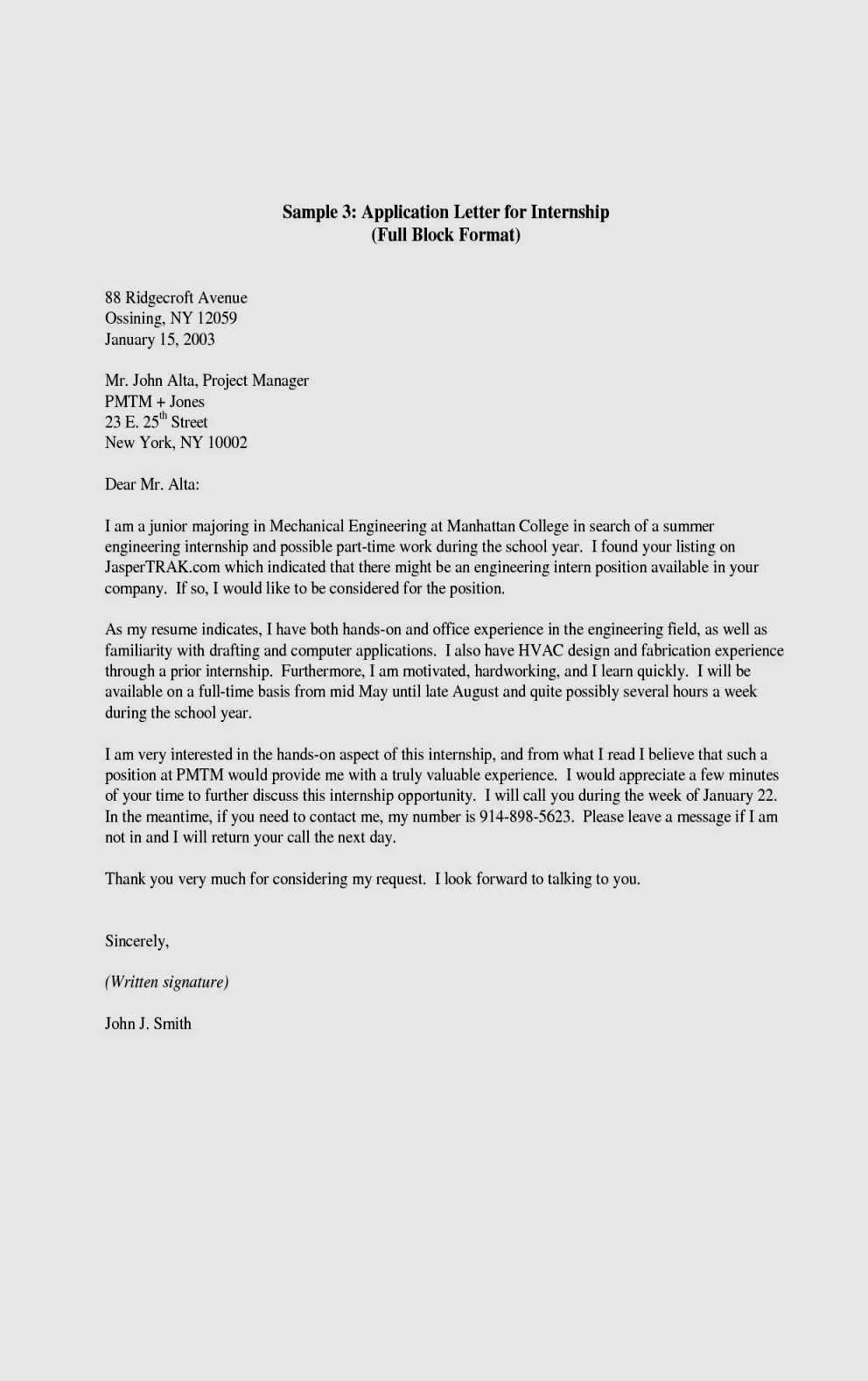
Use standard one-inch margins on all sides. Double-space between paragraphs to improve readability. Maintain consistent spacing throughout the document. Adequate margins and spacing make your cover letter appear neat and well-organized. This also provides visual breaks, making the document easier to read. Well-formatted spacing makes your cover letter look professional and well-presented.
Proofreading
Proofread your cover letter carefully for any errors in grammar, spelling, and punctuation. Errors can make you appear unprofessional. Have a friend or family member review your cover letter to catch any mistakes you may have missed. Proofreading is crucial to ensure that your cover letter reflects your attention to detail and communication skills. Make sure you review the content, grammar, spelling and formatting before submitting.
Common Cover Letter Mistakes to Avoid
Avoiding common mistakes can significantly improve the effectiveness of your cover letter. Many mistakes can make a negative impression on the hiring manager. These mistakes can range from basic errors to poor content choices. Careful attention to detail is essential to ensure that your cover letter highlights your strengths effectively. Correcting these mistakes will greatly enhance your job application and increase your chances of being selected for an interview.
Generic Content
Avoid using a generic cover letter that you send to every employer. Tailor your letter to each specific job and company. Customize your content to highlight your relevant skills and experiences for each role. Generic letters show a lack of effort and a lack of interest in the specific position. Demonstrate that you have researched the company and understand the job requirements. Personalizing your letter increases your chances of making a positive impression.
Typos and Grammatical Errors
Typos and grammatical errors make you appear unprofessional and careless. Proofread your cover letter carefully to ensure that it is free of errors. Use spell-check and grammar-check tools, but also read through the document yourself. Ensure the language you use is clear, concise and effective. Errors undermine your credibility and can lead to rejection. A well-written cover letter that is free of errors shows that you have paid attention to detail.
Lack of Personalization
Failing to personalize your cover letter demonstrates a lack of interest in the specific role and company. Address the hiring manager by name, if possible. Research the company and tailor your letter to the specific requirements of the job. Mention specific skills or experiences that are relevant to the position. A personalized cover letter shows that you care enough to invest time and effort. This increases your chances of getting an interview and also makes a great first impression.
Using the Wrong Tone
Your cover letter’s tone should be professional and enthusiastic. Avoid being overly casual, arrogant, or negative. Match your tone to the company culture. The tone you adopt conveys your personality and professionalism. Ensure that you are expressing your interest while also showing respect for the company and the role. A thoughtful tone in your cover letter can help you stand out and make the right impression.
Cover Letter Examples for Different Situations
Different situations may require slightly different approaches to your cover letter. Adapting your cover letter to fit the specific circumstances can increase your chances of success. There are different examples, such as entry-level candidates, experienced professionals, individuals making a career change and individuals applying for specific job titles. Tailoring the content and focus of your cover letter can highlight the relevant skills and experiences. Understanding the nuances of different situations helps you create a cover letter that aligns with the expectations.
Entry-Level Cover Letter
An entry-level cover letter should focus on your skills and academic achievements. Highlight any relevant internships, volunteer experiences, or projects you have completed. Emphasize your enthusiasm for learning and your willingness to take on new challenges. Demonstrate your transferable skills and how they relate to the job requirements. Because you may have limited work experience, your cover letter is even more important for showing your potential and the value that you can bring to the company.
Experienced Professional Cover Letter
Experienced professionals should highlight their significant achievements and quantify them. Provide specific examples of your successes and how they have benefited previous employers. Focus on your leadership skills, expertise, and ability to solve complex problems. Use your cover letter to show how your experience aligns with the role’s needs and what value you will bring to the company. Highlight your accomplishments and demonstrate your ability to contribute to the success of the organization.
Career Change Cover Letter
When changing careers, address the reasons for your transition and explain how your transferable skills relate to the new role. Highlight any relevant skills from your previous experience. Emphasize your passion for the new industry and your willingness to learn. Show that you have researched the new field and understand its requirements. Demonstrate your adaptability and commitment to your career goals. Focus on the transferable skills and experiences that align with the new job.
Cover Letter for Specific Job Titles
Adjust your cover letter to match the specific requirements of the job title. Tailor your language and skills to align with the job description. Research the job role and the company, and tailor your skills accordingly. Focus on specific accomplishments and experience that relate to the needs of the position. When it comes to a specific job title, it’s important to tailor the content and format of your cover letter. This tailored approach shows that you are genuinely interested in the position and have taken the time to understand the role.
Tips to Make Your Cover Letter Stand Out
In a competitive job market, it is essential to make your cover letter stand out. Going above and beyond can grab the hiring manager’s attention and significantly increase your chances of getting an interview. It is important to incorporate strategies that showcase your unique value and make you memorable. Use the following to help make your cover letter stand out.
Tailor to Each Job
Customize your cover letter for each job application. This shows that you care enough to tailor your application for the specific position and company. Highlight your most relevant skills and experiences that align with the job description. Research the company and tailor your letter to match their culture and values. Tailoring your application shows your genuine interest in the role and increases your chance of being selected.
Use Action Verbs
Use strong action verbs to describe your accomplishments and responsibilities. Action verbs make your letter more dynamic and engaging. Start sentences with verbs that highlight your skills and experiences. For example, instead of writing ‘Responsible for,’ use verbs like ‘Managed,’ ‘Developed,’ or ‘Implemented.’ Action verbs add energy to your writing and bring your accomplishments to life. Using them will make your cover letter more powerful and compelling.
Quantify Your Achievements
Quantify your achievements whenever possible. Instead of saying ‘Improved sales,’ write ‘Increased sales by 15% in six months.’ Use numbers and data to demonstrate the impact you have made in previous roles. Quantifying your achievements provides concrete evidence of your capabilities and adds credibility to your claims. Numbers make your accomplishments more impressive. This provides a more concrete illustration of your skills and impact.
Show, Don’t Tell
Instead of simply stating your skills, provide examples of how you have demonstrated those skills in the past. Use the STAR method (Situation, Task, Action, Result) to describe your experiences. Show the hiring manager, rather than tell them, what you can do. Describe the situations, tasks, actions, and results of your achievements in your cover letter. Providing examples enhances the credibility of your claims and illustrates your abilities effectively.
How to Submit Your Cover Letter
The method of submitting your cover letter can vary depending on the application process. It is essential to follow the instructions provided by the employer or the job posting. Whether you are submitting your cover letter as an attachment, pasting it into an email body, or using an online application system, it is important to follow the correct steps to ensure your application is properly received and reviewed. When submitting your cover letter, pay attention to formatting and the overall appearance of your application.
As an Attachment
If the job posting instructs you to submit your cover letter as an attachment, save your cover letter as a PDF or DOCX file. Name the file in a professional way, such as ‘Your Name_CoverLetter.pdf’ or ‘Your Name_CoverLetter.docx’. Always attach both your cover letter and your resume to the email or application. Sending attachments ensures that your cover letter maintains its formatting and that the hiring manager can view it easily. Ensure that you are using a professional and clear filename for the attachment.
Pasting into the Body of an Email
Some job postings may ask you to paste your cover letter into the body of an email. In this case, format your cover letter neatly and use a readable font. Include your contact information at the top of the email. Avoid using overly complex formatting, which might not be supported by the recipient’s email client. Ensure that the body of the email is formatted well and is free of errors. Proofread your email before sending it. This approach ensures that your cover letter is readily accessible to the hiring manager and that you’re able to follow the required procedures.
